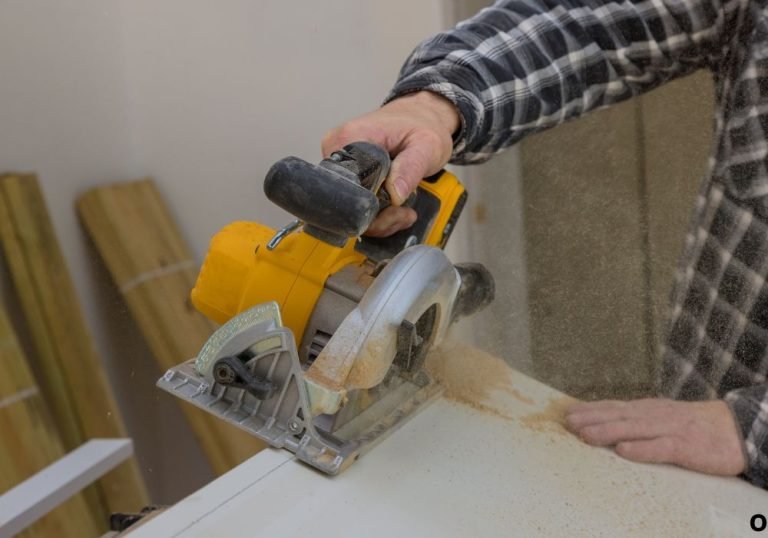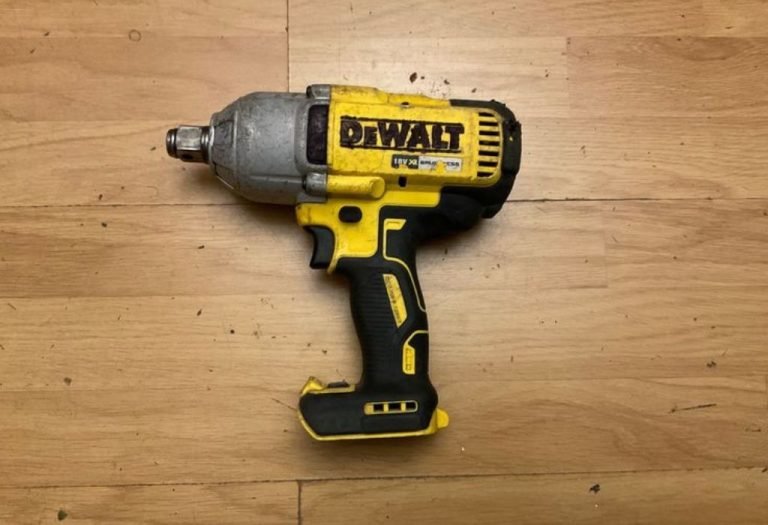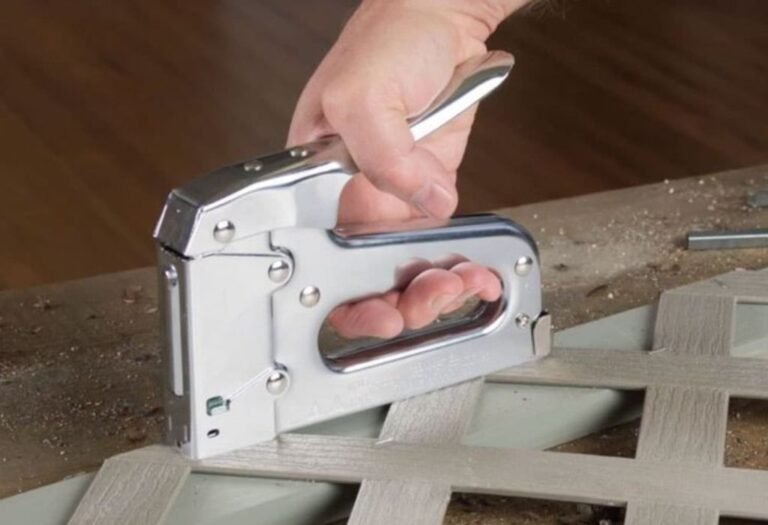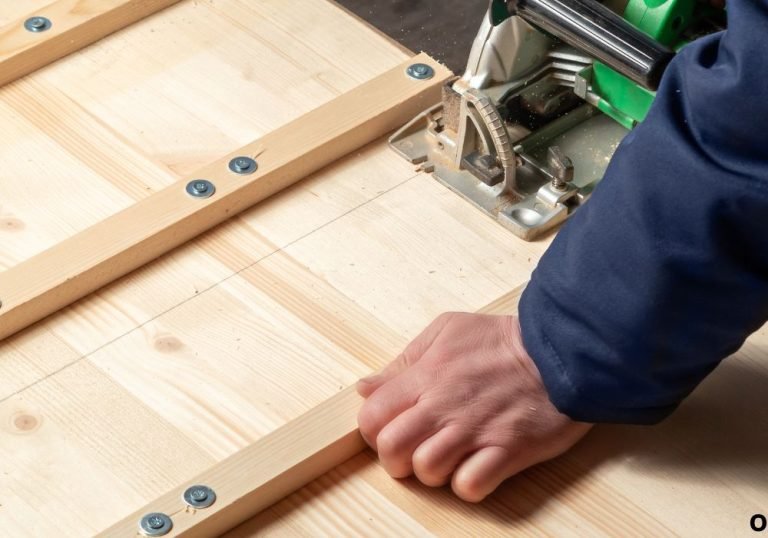What Is Deep Scan on Stud Finder? Full Guide Explained
Home improvement projects often become frustrating when stud finders give inconsistent results on thicker walls or unusual materials.
Many homeowners wonder what is deep scan on stud finder and whether it can improve accuracy for their projects.
Drilling without knowing exactly what lies behind a wall can lead to damaging pipes, wires, or simply hitting empty space.
Learning how deep scan works helps reduce those risks while ensuring stronger, safer mounting for shelves, televisions, and cabinets.
A stud finder in deep scan mode increases sensitivity to locate framing behind dense or layered surfaces.
This technology is especially useful in older homes where plaster, lath, or multiple drywall sheets make detection harder.
According to OSHA, thousands of electrical injuries happen each year in the United States due to accidental wall drilling source
Using deep scan properly prevents many of these mistakes by giving more reliable readings in situations where standard scan fails.
What Is Deep Scan on Stud Finder?
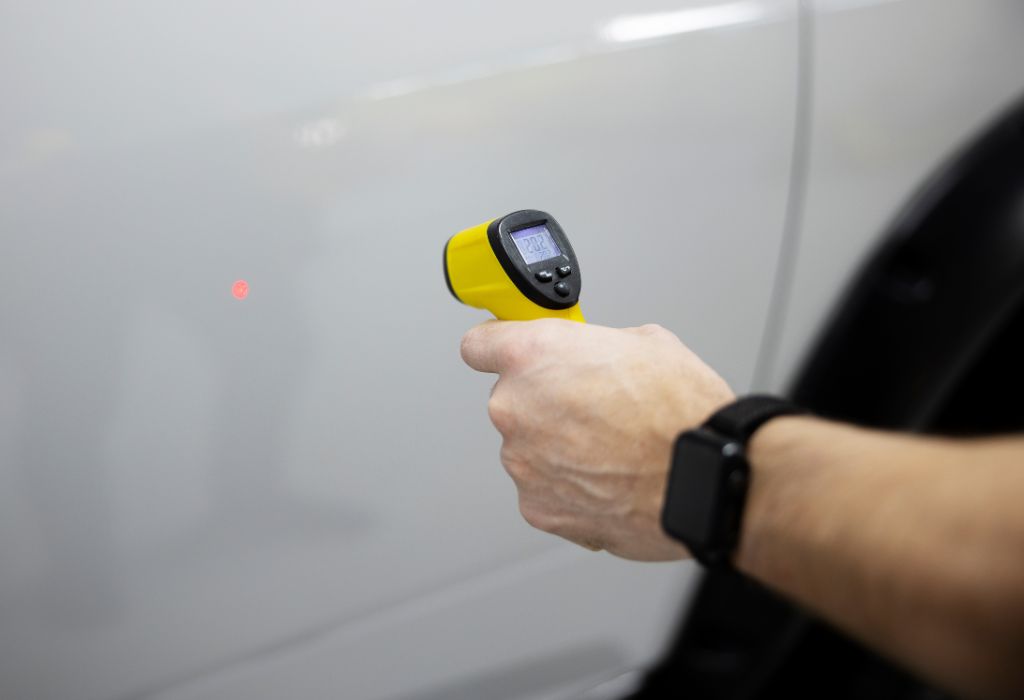
Deep scan mode is a feature that allows stud finders to look deeper into walls than their normal scanning function.
By increasing sensitivity, it can identify studs behind surfaces such as double drywall, thick plaster, or tile backings.
While normal scanning reaches around three-quarters of an inch, deep scan can extend to one and a half inches or more.
This expanded range makes it more effective for walls where standard settings cannot provide accurate results.
Deep scan works by analyzing density changes in the wall more carefully than regular mode.
This sensitivity allows the device to pick up differences caused by thicker materials, though it may detect false signals.
The function is especially useful when installing heavy fixtures like wall-mounted TVs, kitchen cabinets, or bookcases.
Locating studs more accurately ensures stronger anchors and avoids the danger of drilling into unsafe areas.
Does deep scan find studs better?
Yes, it provides greater detection depth, making it reliable for studs hidden behind thicker surfaces.
How deep can deep scan go?
Most models detect up to 1.5 inches, while some premium devices can scan beyond 2 inches.
Does deep scan detect wires?
Not always; some stud finders include a separate AC detection mode specifically for live wires.
When should deep scan be used?
It should be used on thicker walls or when normal scanning fails to confirm stud locations.
How Deep Scan Works in a Stud Finder
Stud finders function by detecting changes in wall density or capacitance, signaling the presence of a stud or object.
Deep scan raises the sensitivity of these sensors, enabling detection through thicker layers of material.
Normal mode keeps sensitivity lower to reduce errors on standard drywall surfaces.
By contrast, deep scan picks up even subtle density changes, which may include studs, wiring, or plumbing.
Technology differs by manufacturer, with some devices using capacitance and others using radar-style scanning.
Brands like Zircon, Bosch, and Franklin often include deep scan to enhance performance on challenging wall types.
This added sensitivity sometimes detects objects other than studs, which can confuse inexperienced users.
Proper calibration and slow, careful movement across the wall help minimize these false signals.
Is deep scan more accurate?
Yes, but only when used on thicker walls; on thin drywall it may over-detect and confuse users.
Why does deep scan beep randomly?
It is highly sensitive and may pick up wiring, pipes, or irregularities inside the wall.
Does deep scan work on concrete?
No, stud finders are not designed to penetrate solid masonry or reinforced concrete.
Do batteries affect deep scan?
Yes, weak batteries reduce detection depth and increase the chance of errors.
Benefits of Using Deep Scan Mode
Deep scan provides reliable stud detection on walls that normal scanning cannot handle.
It is ideal for plaster walls, textured finishes, or homes with double drywall.
Using deep scan improves safety by lowering the chance of hitting live electrical wires or hidden plumbing.
It also prevents costly mistakes that often happen when drilling blind.
The feature gives homeowners confidence when taking on heavy installations.
Knowing studs are correctly located reduces stress and ensures projects finish safely.
Deep scan also saves time by eliminating repeated failed attempts with standard scanning.
For do-it-yourself tasks, this efficiency is invaluable.
Is deep scan needed for every wall?
No, it is only required for thicker or more complex wall surfaces.
Can beginners use deep scan easily?
Yes, most devices are user-friendly, though proper calibration is important for accuracy.
Does deep scan reduce false readings?
It reduces missed studs but can still give false positives if misused.
Is deep scan better for mounting heavy items?
Yes, it increases confidence when anchoring heavy shelves, TVs, or cabinets.
Limitations of Deep Scan

Deep scan is not flawless and can sometimes produce inaccurate signals.
Because it is more sensitive, it may pick up objects other than studs.
Moisture, pipes, or uneven density can all trigger beeping in deep scan mode.
This makes it important to interpret results carefully and scan multiple times.
Using deep scan on thin drywall often creates unnecessary errors.
It should only be used when normal scanning does not provide confirmation.
Battery strength also impacts accuracy, with weak batteries lowering performance.
Regularly replacing or charging batteries ensures better detection.
Why does deep scan give false positives?
It detects density changes, which may include pipes, wiring, or irregular surfaces.
Does moisture affect deep scan results?
Yes, wet walls can interfere with accurate stud detection.
Is deep scan recommended for thin drywall?
No, it is best reserved for thick or layered wall types.
Can plumbing appear as studs?
Yes, pipes often create signals similar to wooden studs.
Deep Scan vs Normal Scan — When to Use Each
Normal mode works best for standard half-inch drywall found in most modern homes.
It is less sensitive, which means fewer false signals on thin walls.
Deep scan should be used when walls are thicker than average or include extra materials like plaster.
It provides the additional depth needed for these situations.
Combining both modes ensures more accurate stud detection overall.
Many professionals start with normal scan and then confirm results using deep scan.
Some devices also include AC scan, which detects live electrical wires.
This feature adds another layer of safety for any project.
Should normal mode always be used first?
Yes, it reduces errors and gives a baseline before using deep scan.
Can both modes be used together?
Yes, scanning twice provides better confirmation of stud location.
Does deep scan replace AC scan?
No, AC scan is necessary for detecting live electrical wiring.
Is deep scan always more reliable?
It depends on wall thickness and proper calibration.
Tips for Accurate Deep Scan Use
Calibration should always be done before scanning.
Place the device on a blank wall section and reset it properly.
Move the stud finder slowly across the wall.
Moving too fast causes the device to miss or misinterpret signals.
Always mark both edges of the stud after scanning.
This ensures that the exact center is identified for drilling or nailing.
Check batteries before use to maintain performance.
Low power reduces scanning depth and accuracy.
Do stud finders require calibration each time?
Yes, recalibrate whenever you move to a new section of wall.
Should scanning be slow or fast?
It should always be slow and steady for accuracy.
Why mark both edges of the stud?
Because locating the edges ensures screws or nails hit the true center.
Does battery power affect deep scan?
Yes, full batteries improve depth and reduce false signals.
Common Mistakes to Avoid
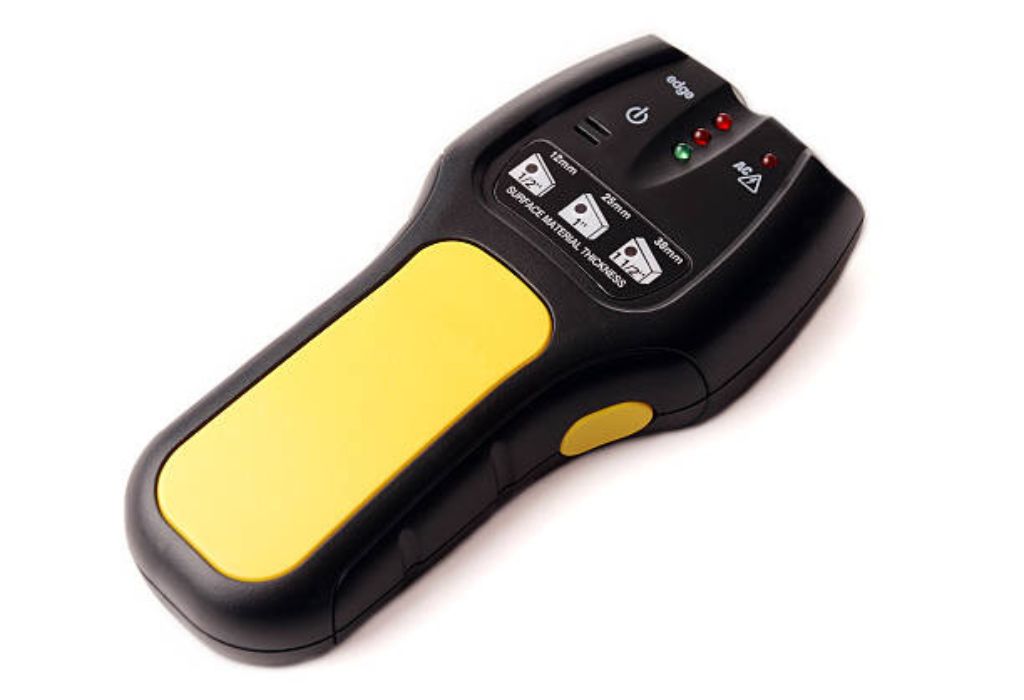
Many people mistakenly use deep scan on thin walls.
This often causes confusion and unnecessary errors.
Another frequent mistake is skipping calibration before scanning.
Without calibration, results are inconsistent and unreliable.
Users often assume every beep means a stud.
In reality, deep scan may detect pipes, wiring, or moisture.
Failing to read the manufacturer’s instructions also creates problems.
Each model has unique sensitivity and calibration requirements.
Why does deep scan beep without studs present?
Because it may detect pipes, wiring, or irregular wall density.
Should deep scan replace normal scan?
No, both modes should be used for better results.
Can textured paint affect deep scan?
Yes, thick finishes may interfere with detection.
Does deep scan guarantee perfect accuracy?
No, but it improves performance compared to normal mode alone.
Recommended Stud Finders with Deep Scan
Several brands manufacture reliable stud finders with deep scan.
Zircon, Bosch, Franklin, and Dewalt are among the most trusted.
Different models provide varying scanning depths and extra features.
Higher-end devices often include AC detection and multiple scanning modes.
Cheaper stud finders may advertise deep scan but perform inconsistently.
Investing in a proven model saves time and frustration.
For frequent DIY work, durability and accuracy are worth the extra cost.
A dependable tool provides long-term value and safer results.
Are budget stud finders with deep scan reliable?
Some work well, but premium models are usually more consistent.
Which brands are recommended most often?
Zircon and Bosch are widely trusted by homeowners and professionals.
Do all stud finders include deep scan?
No, it is typically found in mid-range or advanced models.
Is deep scan worth paying extra for?
Yes, especially if working with plaster or layered walls.
Conclusion: What Is Deep Scan on Stud Finder?
Deep scan on a stud finder is a valuable feature for detecting studs in thicker or more complex walls.
It increases accuracy, reduces mistakes, and helps avoid drilling into hidden hazards.
While not perfect, it complements normal and AC scanning modes.
When used correctly, it saves time, improves safety, and builds confidence during projects.
From mounting televisions to installing shelves, deep scan offers extra security.
By following proper calibration and scanning techniques, anyone can make the most of this feature.

I’m Michael R. Turner, the founder, lead writer, and passionate DIY enthusiast behind 101diytools.com. With years of hands-on experience in home improvement and power tools, I built this platform to share practical tips, in-depth guides, and honest reviews to help DIYers of all skill levels tackle projects with confidence and the right tools.

